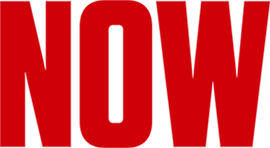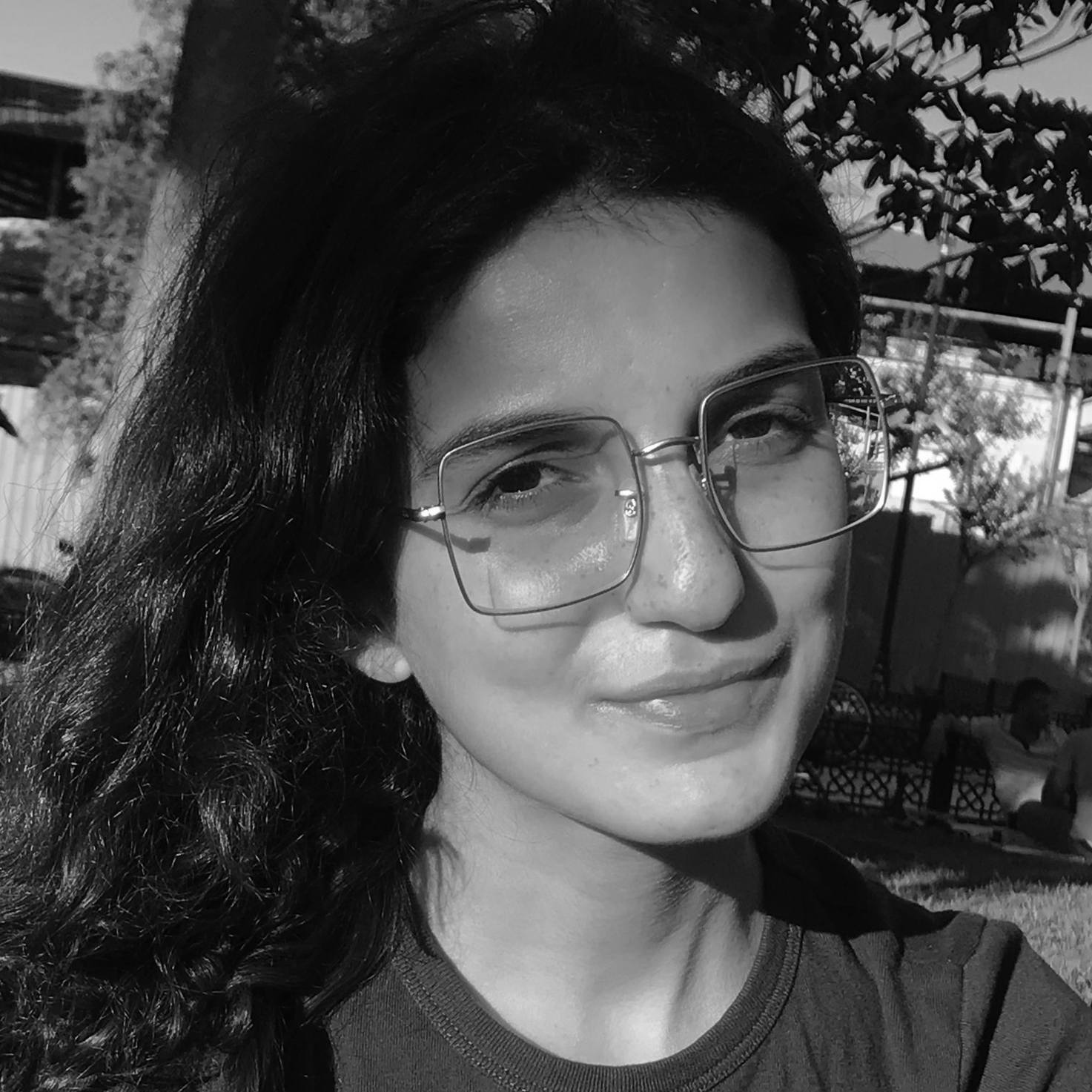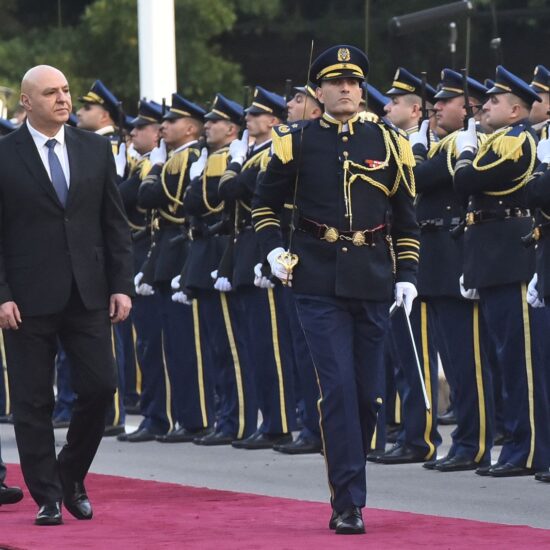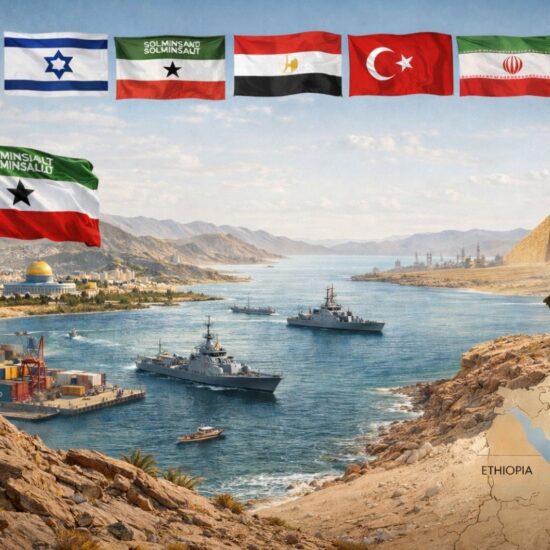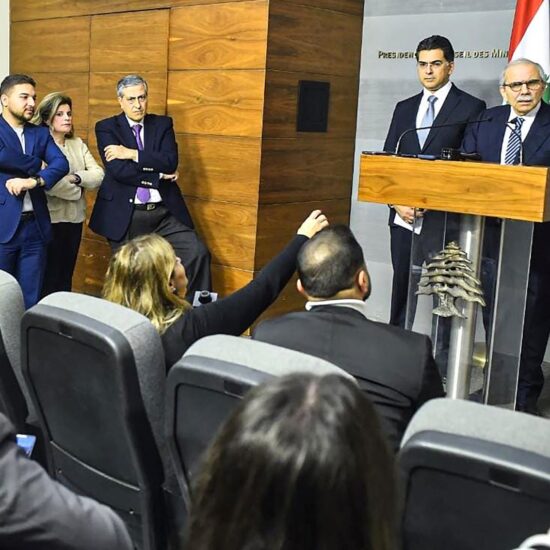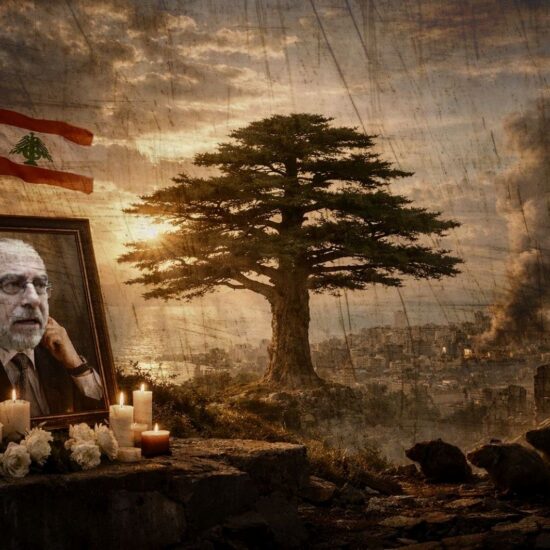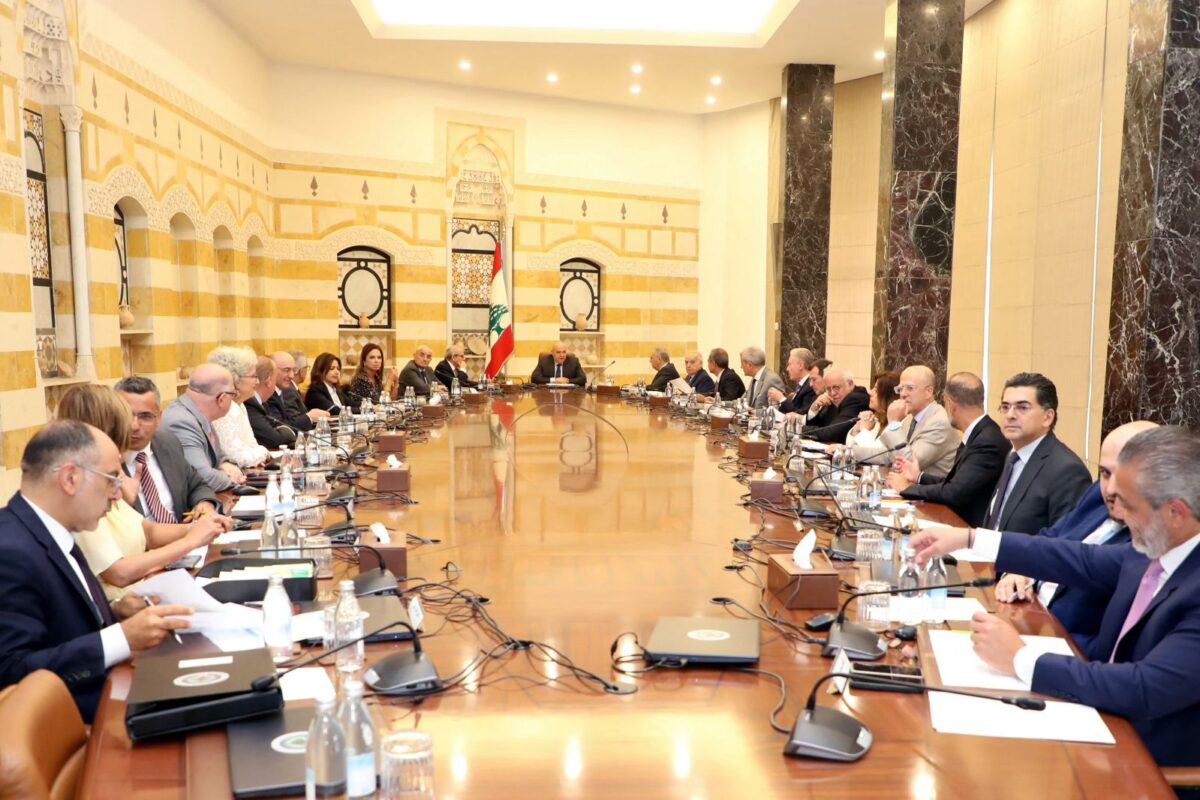
In the last government session, the decision to task the army with disarming all non-state actors exposed deep political fractures and raised fears of further dividing Lebanese society
During its cabinet session on Thursday, the Lebanese government authorized the army to develop a plan that would confine all arms to six official security forces by the end of the year—effectively initiating a process to disarm Hezbollah and other non-state actors. The move, presented by Prime Minister Nawaf Salam as the state fulfilling its duty to control all weapons on its territory, marks a sharp shift in official policy and has triggered immediate and severe backlash from Hezbollah and its allies, raising fears of deepening internal divisions and instability.
Hezbollah dismissed the decision as illegitimate, declaring it would “deal with it as if it does not exist.” In a strongly worded statement, the group said the cabinet’s move was a result of foreign pressure—particularly from the United States—and accused the government of aligning itself with Israeli interests. It called the disarmament push a “grave sin” and warned that stripping the country of its means to resist Israel would only benefit the enemy. Hezbollah reiterated its position that any discussion of arms must be tied to a full Israeli withdrawal from occupied Lebanese territories, the release of prisoners, the end of Israeli attacks, and the beginning of reconstruction efforts.
The policy announcement fractured the cabinet. Ministers affiliated with Hezbollah and the Amal Movement exited the session in protest, and another minister unaffiliated with either bloc also left, expressing discomfort with proceeding in the absence of a key political component. Though the cabinet decision was approved, the political fallout suggests that the government is moving forward without a national consensus, a risky proposition in Lebanon’s confessional political system.
The decision also comes at a time of heightened military actions by Israel. Israeli airstrikes and drone attacks in southern and eastern Lebanon have continued unabated, killing civilians and damaging infrastructure. On the same day the cabinet met, seven people were killed in an Israeli airstrike, while a child was killed and his father injured in Tulin on Wednesday. Despite a truce agreement with Hezbollah in November, Israel has maintained a steady pace of military operations in Lebanese territory, with frequent overflights, shelling, and strikes. UN peacekeepers recently uncovered a network of tunnels and weapons caches in southern villages.
While the disarmament plan has been welcomed by some external actors, including the United States, it lacks any clear enforcement mechanism to ensure that Israel will reciprocate. The reported American proposal, which includes a phased Israeli withdrawal and economic incentives, does not come with guarantees or binding commitments. Some view the government’s decision as a long-overdue step toward consolidating state authority and restoring the principle that only official institutions should bear arms. Supporters of the move argue that it represents an effort to strengthen Lebanese sovereignty and bring the country in line with international norms, where military power is centralized under the state.
Others, however, see the decision as politically risky and detached from the lived realities of many Lebanese communities—particularly among Hezbollah’s base. For them, the group’s arms are not merely weapons but a symbol of protection and resistance in the face of Israeli aggression.. Disarmament, especially without guarantees that Israel will end its attacks or withdraw from occupied Lebanese territory, is regarded by these communities as premature and potentially dangerous. They argue that such a decision—taken without national consensus and under foreign pressure—could undermine internal cohesion and fuel further polarization.
At this moment, Lebanon stands at a critical crossroads, entering a phase it has never experienced before—one marked by deep uncertainty, heightened political tension, and a fragile national consensus. The current situation is unprecedented, making it difficult to predict which direction the country will take. Hezbollah now finds itself facing a shifting landscape of pressures, both internal and external, unlike anything it has previously encountered. At the same time, public reaction to the government’s recent decisions has exposed the depth of national division. Prime Minister Nawaf Salam and President Joseph Aoun are being praised by some who view their actions as courageous steps toward state-building, while others see them as reckless moves that could destabilize the delicate balance of power in the country. This divergence in opinion is not confined to political elites—it cuts across Lebanese society, reflecting longstanding fractures and mistrust between communities. As these gaps widen, the cohesion of Lebanese society is increasingly at risk. The question now is not only about the future of Hezbollah’s arms or the role of the state, but about how Lebanon can navigate this turbulent moment without alienating entire segments of its population or further deepening sectarian and political divides.

